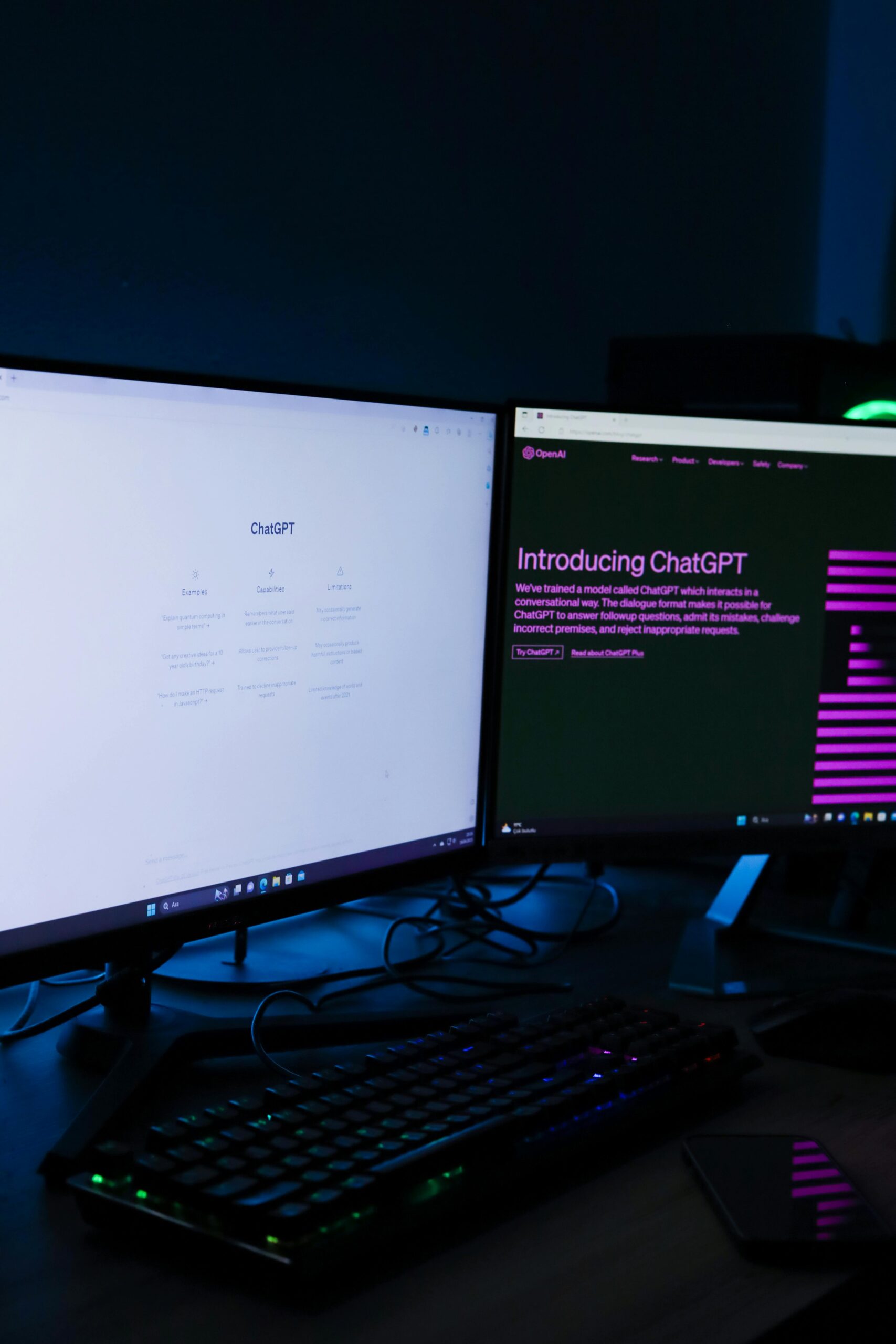
Is your newsroom currently dumping all of its content online and hoping for the best? By creating a web schedule, your newsroom can more strategically distribute its content with intention.
Before you can create any sort of flow with your content online, however, you need to know what you’re working with. If you are starting from scratch, you’ll want to first go through your print products or TV rundown to take an inventory of the content being produced.
If you’ve already got a great understanding of what content to put on the website, it’s still in your newsroom’s best interest to create and follow a web schedule to strategically disperse the content and use it as a tool to plan out your day.
We view web schedules as a way to organize your content each day and inventorying your content as a tool to know what you can count on. But clearly, this should be viewed as a place to start each day, not your total digital content strategy. Breaking news, digital only content and much more should go into your overall plan.
Here’s how you can create a basic web schedule to get your newsroom started.
FREE GUIDE
Download Your Guide to Pitching Branded Content"*" indicates required fields
How to do an inventory
For print publishers: Take the last one to two weeks of your print product(s), as well as any recurring sections, and think about what could perform well online. Take a tally of how many stories the team is creating or pulling from wire or other places for print. While doing this, note the types of stories (local news, state news, business, entertainment, sports) each piece of content falls into.
Don’t just focus on the stories – take note of the other elements in your paper that could perform well digitally. This can include any community calendars, obituaries, news briefs, movie listings, etc. Think about how you could bundle some of that content together, like 5 things to do this weekend from your calendar. This will add content to your site, and you’d be surprised at how much traffic these additional elements can drive.
For example, we recently created a print inventory for a client and found they were averaging about six local news stories a day, five state stories, three letters to the editor, and so on. This total helped figure out the number of slots they could count on in their web schedule each day.
For broadcasters: While you don’t have a print product to flip through, you can still do an inventory based on the total number of reporter packages that you have throughout the day.
And just like print, take into consideration all of the places where content is being created, like lifestyle programs, Sunday night sports and shows and weather.

Creating the schedule
To make sure your website has a steady flow of new content, create your schedule to span the entire day. If you have the content to sustain it, you should post a new piece of content to your site at least every hour. This will ensure that each time users come to the site, there will be something fresh and has the potential to build more return visits.
When deciding what times to publish your content, take a look at your existing analytics to find any audience trends. We usually recommend building around times that we know reflect user habits. Users, whether print, digital, tv or radio, all have natural times that they consume their news – first thing in the morning (5-7 a.m.), on their lunch or afternoon break (Noon to 2 p.m.), when they’re getting home from their day (5-6 p.m.), and before getting ready for bed (8-9 p.m.).
Need some help getting started? Consider checking out this simple web schedule template we’ve created to help.
It’s a good idea to earmark some of your best content for these time slots because that’s when the most eyes will be on your site.
You should also consider how certain content can be applicable at times of the day. For example, posting a profile on a restaurant at 8 a.m. wouldn’t be as effective as doing it at 11 a.m.
Deciding what content to place where
Go back to what you know is true about most users. They are highly engaged in the morning and are looking for content to start their day (content they can use or what they most need to know to be informed. This is why we recommend scheduling news you can use, news aggregation (5 stories you need to know about) and developments from overnight. If news stories are time-sensitive, you’ll obviously want to publish them right away. You’ll need to find the balance between striking when the iron is hot for some stories, but others will still perform just as well if they’re scheduled out at a later time.
For example, a news story from last night’s council meeting about a council member suddenly resigning, that story should be breaking news and shared immediately. If there is an upcoming arts festival and you have a profile on one of the participant’s taking part, that story would perform fine mid evening.
Think about it this way:
• Morning: Get me going, tell me what I need to do
• Before lunch: Help me plan something (like eat!)
• Evening: Let me lean back and read
It could also be helpful to set up recurring time slots throughout your plan, especially those outside of the “news” category. Content like columns, letters to the editor, today in history or community calendars that carry no news hooks are great to do this with, which can help create the skeleton of your web schedule.

Now that you have your skeleton done, you can plug and play with your content, sliding the remainder of the content into your schedule. As you do this, be sure to mix up the types of stories being published throughout the day so all of your news stories aren’t dumped on the site at once, followed by your features, and so on. This will help your site have a nice variety, regardless of when people visit.
Leave room for flexibility
As we all know, breaking news will happen and your digital content plan should definitely include things that have nothing to do with what appears in the paper or on TV, so strategies to create that kind of content are critical for audience growth.
But using what you already have is a smart place to start.
If news breaks at 9:30 a.m., do not wait until 11 a.m. to post the story just because that’s when your next news story should be published. Publish that breaking news story and just replace that designated 11 a.m. with something else or skip that hour since the story was already posted.
David Arkin Consulting can help you along your digital journey with strategies like this one on creating web schedules. Contact us today at david@davidarkinconsulting.com to get started.
We'd love to help your organization! Fill out the form below to get started.
Recent Posts

Advertisers love these engaging newsletter units

These GPTs will elevate your content & revenue

How and why your SEO strategy should evolve

Here’s how to make editor and publisher letters more useful for your audience

David Arkin Consulting welcomes Olivia Sims as content writer
Case Studies

How this unique coaching program taught a reporter the digital skills she needs for the future

How branded content sales exploded for this newspaper in New York

How a TV station in South Dakota significantly grew its traffic through Stacker’s news wire

How these changes helped this newspaper’s coverage of a limo trial skyrocket to the top of Google search result pages

